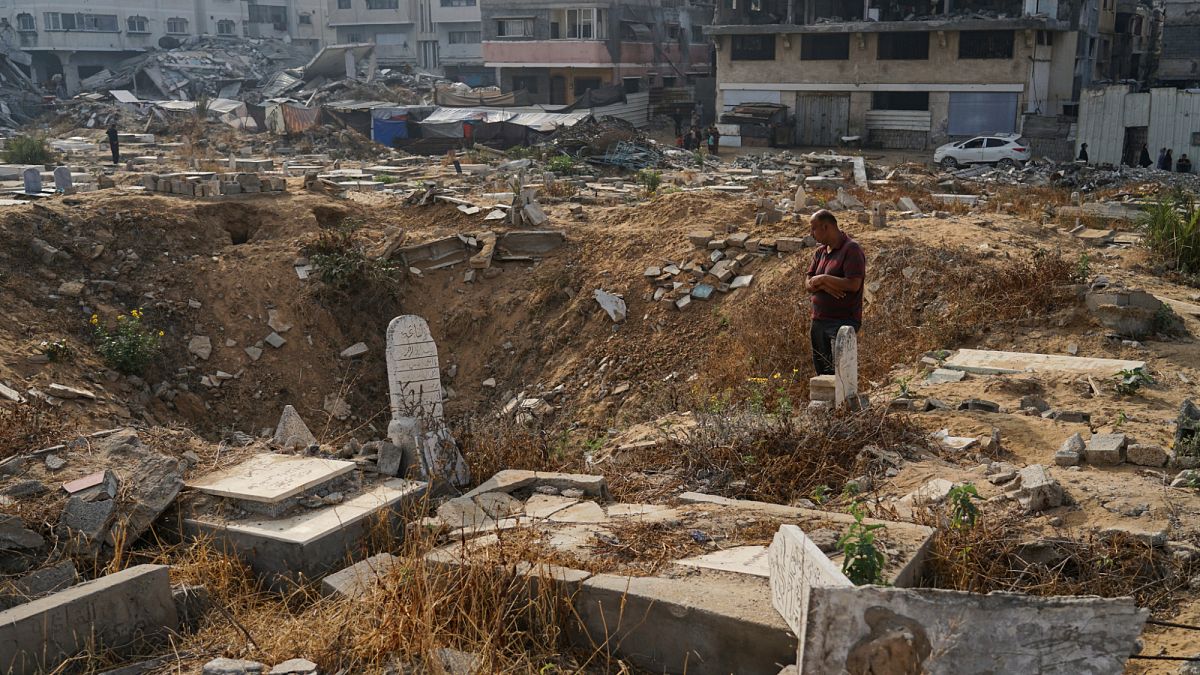

In the midst of a challenging humanitarian crisis in Gaza, stories of both hardship and resilience emerge. A recent tragic incident underscores the precarious nature of life in this region. A young girl was rushed to emergency care in Gaza City after being wounded by a bullet reportedly fired from an Israeli drone. This alarming event is part of a broader escalating conflict that has drawn international concern and calls for additional humanitarian support.
In response to the growing crisis, France has delivered a substantial consignment of aid. Forty tonnes of humanitarian supplies were dropped into the Gaza Strip, aimed at alleviating the acute scarcity faced by thousands of children and families. International organizations, including the World Health Organization (WHO), have warned of severe famine conditions in the enclave, emphasizing the urgency for continued and increased aid efforts.
Meanwhile, a voice of dissent from within Israel itself echoes the international outcry for peace and justice. Renowned Israeli author David Grossman has publicly condemned his country’s military actions in Gaza, a move he describes as genocide. Grossman’s heartfelt plea, expressed with immense sadness, highlights the deep divisions and the widespread yearning for peace among the people directly affected by the conflict.
Amidst these humanitarian efforts, political dynamics continue to shape the region’s landscape. The US envoy, Steve Witkoff, recently visited Gaza’s aid distribution sites, where he witnessed the dire conditions firsthand. Reports have emerged of violence at these sites, with claims that hundreds of Palestinians seeking aid have been killed since May. These events underscore the complex and dangerous nature of delivering humanitarian aid in a conflict zone.
Efforts to ensure the safe passage and distribution of aid remain a focal point for international bodies and governments. Tragically, within just 24 hours, at least 91 individuals lost their lives while awaiting aid at the Zikim crossing with Israel. As tensions simmer, there are ongoing discussions involving various stakeholders, including the US envoy, aimed at establishing a ceasefire and ensuring unimpeded humanitarian assistance.
Community and international support further manifest in protests and advocacy. In Athens, hundreds of demonstrators gathered, calling for an end to the Gaza conflict and demanding an increase in humanitarian aid. These peaceful protests symbolize a universal desire for resolution, echoing the sentiments of many global citizens who wish to see an end to the violence and suffering in Gaza.
Amidst these harrowing developments, Ukrainian President Volodymyr Zelenskyy has also condemned a separate yet equally tragic event. A missile strike by Russian forces in Kyiv resulted in the loss of at least 31 lives, tragically including children. President Zelenskyy described the attack as “vile,” calling for increased international pressure on Moscow and additional sanctions, highlighting the world’s interconnected struggle against acts that threaten peace and human dignity.
The intertwined realities of geopolitical tensions, humanitarian need, and the pursuit of peace paint a complex picture of our current world stage. Despite the challenges, the dedication to deliver aid, promote peace, and protect human rights shine through the darkness, offering resilience and hope as guiding lights for the future.
Source: {link}
